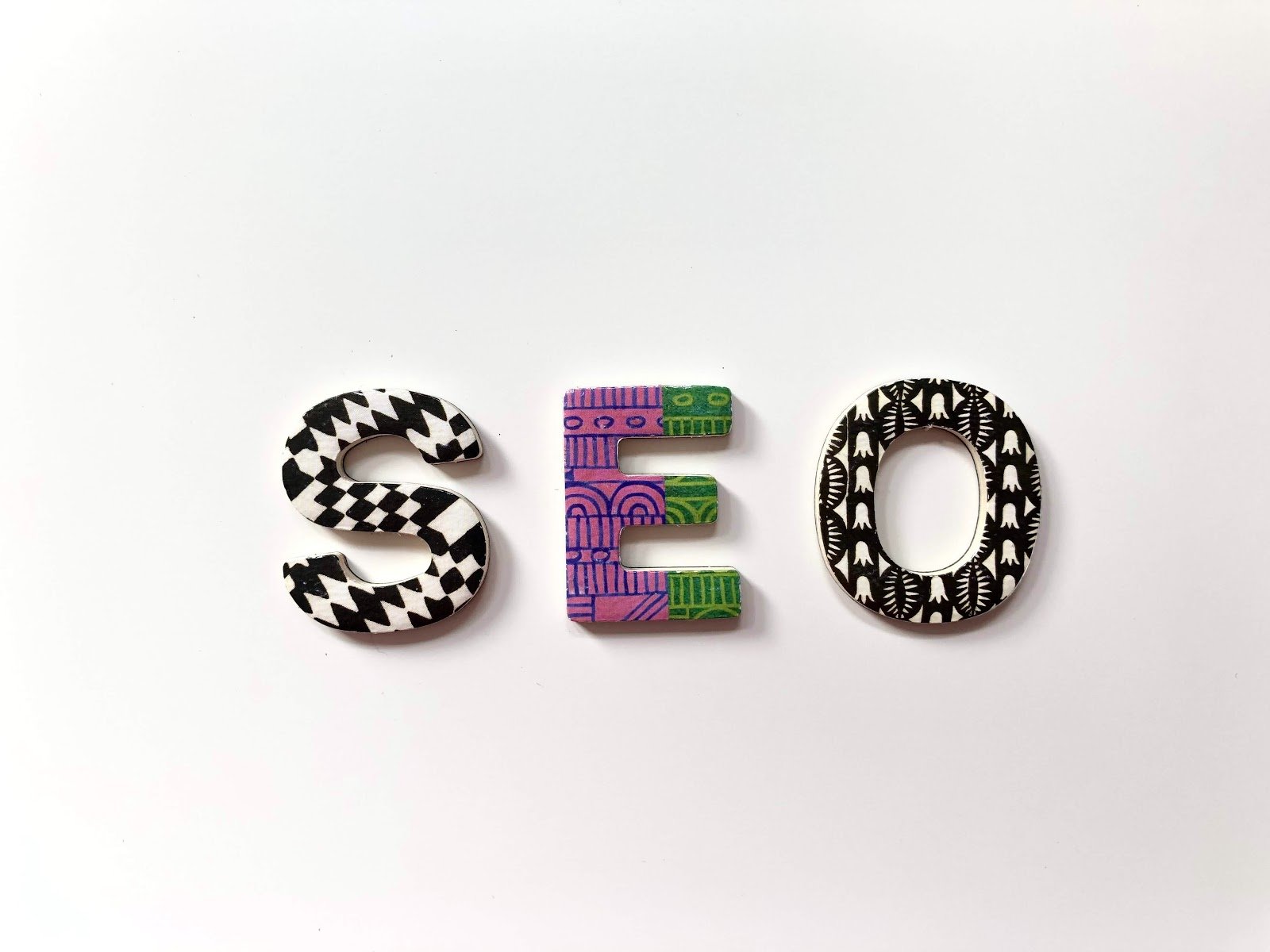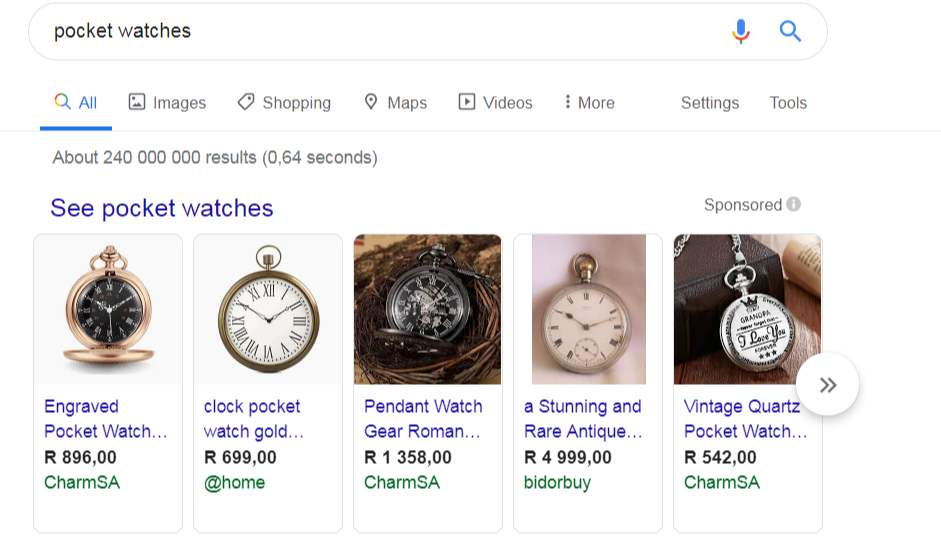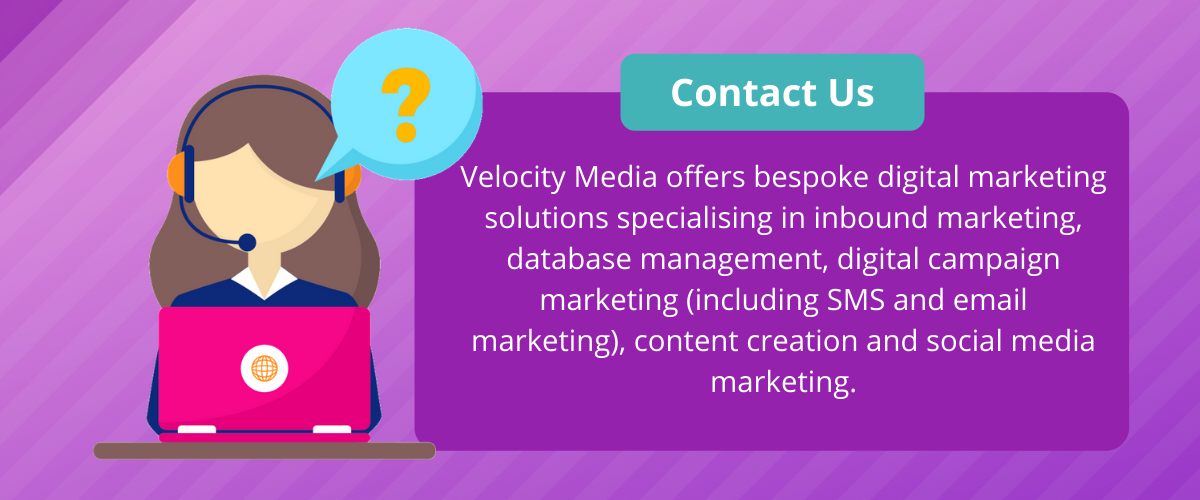Services List
Get To Know SEO
Your website is up and running, but you don’t seem to be pulling the right traffic? Enter Search Engine Optimisation (or just “SEO” for short). SEO is an ongoing process of increasing your website’s quality, relevance, and the quantity of your web traffic by improving your overall visibility on search engine result pages.

Sounds like a mouthful? Don’t panic, it’s less complicated than it sounds. Let us walk you through it.
We will be covering :
- Why is SEO important?
- Primary SEO elements
- SEO vs Paid Advertising
- Technical SEO
- SEO terms to remember
Why Is SEO Important?
Many can argue that the relevance of SEO is subjective to the objectives of a business. True as that may be, SEO is important as long as you own a website. If you think about it, the main purpose of search engines is to provide unbiased results to searchers, so that they can locate the most relevant and accurate information to their search query.
Search engines possess the ability to scan through thousands of websites in seconds, to give the closest match to the search query. If your website is not search optimized, no one will find you. And if no one can find you, the relevance of owning a website is redundant.
SEO generates free traffic to your website if you adhere to the best principles. The relevance of SEO doesn’t begin and end on search engines. Your external inbound marketing campaigns - like Email Marketing and Social Media campaigns - drive qualified traffic to your website, improve your on-site engagement and help you develop a more targeted content strategy.
Need help with your SEO Strategy?
Another thing that makes SEO great is that it’s not only for major companies with massive marketing budgets - anybody can do it. Searchers often associate the results on the first page of search engines as the most relevant sites, and will seldom move on to the second page (they will rather rephrase their search query than move on to the second page). That is why your aim must always be to appear on the first page of the results page - which is why you need to consider what someone, who’s looking for your product or service, would search.
There are many technical elements that require optimization on your website in order to improve your position on SERP, but below are a few things you can optimize yourself without having to call your website developers.
H1 Tags
“H1 Tag” is just a fancy SEO term for “Content Title”. That’s the heading of your content that gives a one line explanation of the subject matter.
Meta Description
Meta descriptions are those snippets of content that tell search engines what your article or blog is about. This is especially important because this is what searchers use to preview the importance of your content to their search query. If your meta description doesn’t appear to solve their problem, they will continue scrolling and that will be a loss in traffic to your website (even if your content is exactly what they are looking for).
Keywords
Keywords are vital in search rankings. They tie in with your H1, H2, H3 tags, as well as with your meta description. Google will use your keywords to match your content to a search query.
Alt Tags
Alt tags (alt attributes) is the HTML attribute that is used in HTML & XHTML files to specify alternative text that is rendered when the element to which it is applied cannot be rendered. In simple SEO terms, it’s the text used to describe what’s on the images you upload to your website. Believe it or not, Google scans what’s on your images as well. Optimize them!
If you're a small business, download our SEO Checklist and watch your website perform well on Search Engines
SEO VS Paid Adverting
SEO is not the enemy of your Paid Ads. They should work hand-in-hand to meet the same core objective. SEO serves the basic function of making sure your website is visible on search engines and that free traffic lands on your site. Paid Advertising is a more targeted approach for driving traffic or converting searches into buying customers. For example, if you’re in the business of selling pocket watches, you will likely write a blog about classic pocket watches and how to check for their authenticity. Within your content, you’ll have call-to-actions like “Buy a watch NOW” to drive sales, as well as internal links that link to other bodies of content in your website. Paid Ads can be found at the top of search engines result pages and serve the primary function of enticing consumers to convert. See example below:

Yes, the goal is to drive Inbound traffic to the website, but the difference is that it’s solely focused on turning the searcher into a customer. So, you’ll find that your landing page will consist of less written content and more price tags.
Technical SEO
Technical SEO is arguably the most important phase in the SEO process. Technical SEO refers to the process of optimizing your website for crawling and indexing by search engines, as well as overall visibility on search results. With that said, it would be pointless to have excellent content on your website if search engines aren’t able to crawl through it for indexing. Before your front-end SEO strategy can come into play, you need to ensure that your sitemaps, met tags, Javascript, HTML, XHTML, Sitespeed, etc are all optimized and adhere to set search engine protocols. The first step in understanding whether your website is technically optimized, you need to conduct a website audit using website auditing tools. This audit will give you a breakdown of everything that your website requires in order to perform effectively and rank on Google. From there, you will be able to disclaim and de-index toxic links, improve site performance, adjust scripts, etc. Once all adjustments have been made, you submit your website for re-indexing and watch the magic happen.
SEO terms to remember:
Black Hat SEO - These are SEO practices that violate Google’s quality guidelines.
White Hat SEO - SEO practices that comply with Google’s quality guidelines.
De-Index - This is when a page or group of pages are being removed from Google’s index.
SERP - Search Engine Results Page
Featured Snippets - Organic answer boxes that appear at the top of SERPs for certain queries.
Backlinks - links from other websites that point to your website.
The possibilities are endless with SEO. The process may feel lengthy, tedious, and ongoing but the rewards of free web traffic make it worthwhile.
Sources: Backlinko, Semantica , Google Search





